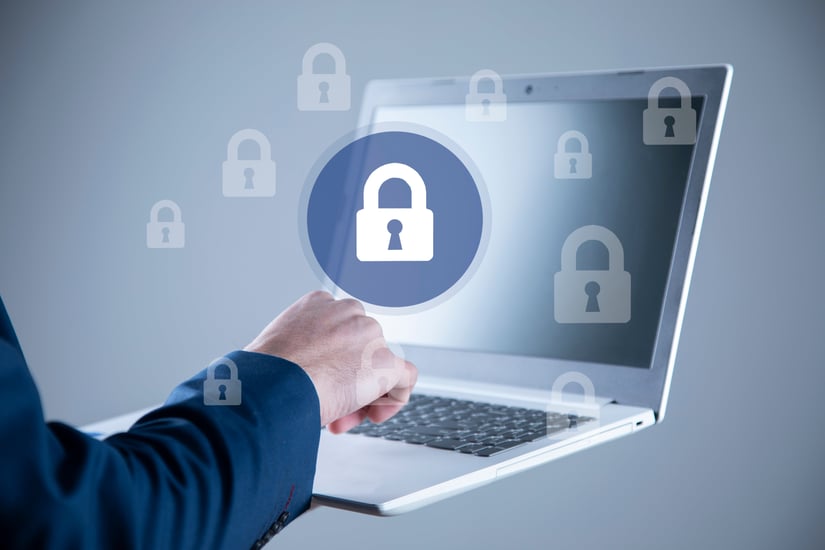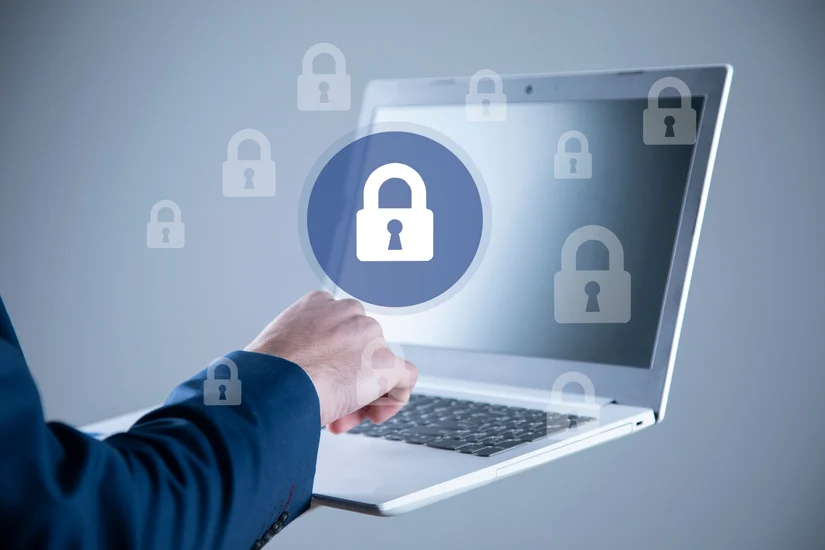
What is cyber security?
Cybersecurity is a means of avoiding risks posed by cyber attacks and internal fraud. Specifically, these measures are to prevent falsification or leakage of digital information, demands for ransom, data corruption, etc.
There is a “CIA” approach to information security. These are Confidentiality, Integrity, and Availability. In other words, cybersecurity refers to taking appropriate measures against entities that threaten information CIA.
Examples of cyber attacks
In recent years, with the expansion of the use of cloud services, the number of cases of victims of cyber attacks has increased. In order to strategically implement cybersecurity measures, it is first important to understand what types of attacks exist.
Phishing
This is a method of fishing for a specific target and stealing money and goods. For example, they send an email with a link that, when opened, redirects users to a fake site. If you enter your credit card number or account number there, your money will be stolen.
The trouble with phishing scams is that they use sophisticated techniques to trick users. In many cases, they use the name of a major financial institution or company to gain trust and convince you to open the email. In some cases, the URLs are similar to the real ones, so it is difficult to tell them apart at a glance.
Brute force and reverse brute force attacks
Brute force attacks are an old type of cyber attack. This is a method of stealing accounts by attempting to log in by trying all passwords.
There are also reverse brute force attacks that target IDs rather than passwords. In any case, if your password or ID is illegally obtained, there is a risk of information leakage, falsification of information, or unauthorized use of your credit card. Appropriate measures must be taken, as there is a risk of losing credibility as a company.
Attacks targeting vulnerabilities
SQL injection attacks that target vulnerabilities in applications are well known. SQL is a language that can handle databases, and by injecting vulnerabilities into applications, data can be altered or information stolen.
Buffer overflow attacks are also well-known, which create bugs in a computer’s processing power and use them as a springboard for stealing, tampering with, or attacking the system. This is a method of sending a large amount of data, creating a bug in the processing capacity, and infiltrating the gap.
ransom demand type
The most famous method is ransomware. Ransomware is a type of malware that makes the data on the compromised system unusable and demands a ransom payment in exchange for repairs.
If you are infected with ransomware, your business may be disrupted as your data becomes unusable. One of the troublesome aspects of ransomware is that in many cases the problem cannot be resolved even after paying the ransom. Please note that ransomware can be transmitted through a wide variety of routes, including emails and apps, as well as websites, USB flash drives, etc.
eavesdropping
This is a method of stealing information by focusing on interactions between two parties using tools and apps. Also known as a man-in-the-middle attack, this attack involves installing special software between apps and websites.
This damage is likely to occur when using a device with insufficient security measures or when communicating without encryption. Appropriate measures are required to prevent important information from being stolen or being used for fraudulent remittances.
Specific cybersecurity measures
Every company faces cybersecurity risks, so they must take solid measures. Appropriate measures will help protect your organization’s assets and employees. We have selected specific measures below.
Measures for devices and applications using IT technology
The most basic measure is to install security software on the device you are using. By installing security software, you can detect and eliminate malicious programs and operate your system in a safe environment.
Be sure to update the security software you have installed on a regular basis. If the version is still old, there is a risk that a small hole may be exploited to launch a cyber attack.
It is also important to properly manage access logs to the system. Check if there are any suspicious logs and where they are being accessed from.
Improving cybersecurity awareness among IT users
Even if you build a robust security environment, people are the ones using the system. If employees lack knowledge about cyber attacks and a sense of crisis, risks such as information leaks will occur.
Provide thorough education to improve cybersecurity awareness. One way is to conduct training regularly. Let’s help them understand why security measures are necessary and what the benefits are, while also using examples of damage that occurred in the past.
It is also important to establish rules for what to do in the event of an actual cyberattack and share them among employees.
Restricting physical access to devices
Countermeasures against online threats alone are not enough. For example, your office could be broken into and data stolen from your devices.
Strengthening the monitoring system is effective in eliminating such risks. Install surveillance cameras and security cameras to create an environment that does not allow illegal trespassing. It is also recommended that you thoroughly control entry and exit from the office. Settings can be made to prevent unauthorized persons from entering the room, and even if a device is physically accessed, it is possible to determine who is in the company based on the time they enter and leave the room.
Overview of cybersecurity management guidelines for companies
By using the Cybersecurity Management Guidelines, companies themselves can proceed with building an appropriate cybersecurity environment. Below is an overview of the guidelines and points to consider when using them.
What are Cyber Security Management Guidelines?
The Cybersecurity Management Guidelines are measures related to the Cybersecurity Basic Act, and are guidelines issued under the initiative of the Ministry of Economy, Trade and Industry. To protect corporate assets from increasingly sophisticated cyber-attacks, managers must demonstrate leadership.
The guidelines set out three principles for managers to protect their organizations from increasingly sophisticated cyber-attacks. In addition, it has established 10 items that should be given to those in charge of security measures, so if they are used, corporate managers themselves can recognize what they should do for security measures.
Key points of cybersecurity management guidelines
In order to establish a strong security system, it is necessary to understand what kind of security measures are taken by business partners and affiliated companies. Even if your company takes appropriate measures, if the measures of business partners and affiliated companies are insufficient, information leakage or falsification may occur.
It is also important to secure a certain amount of resources for security measures. When a serious situation occurs, the response will be delayed if there is no human resources or necessary funds to respond. This is also one of the things specified in the guidelines.
If company managers themselves comply with the guidelines, it will lead to increased security awareness among all employees. In addition, strategic risk management can be implemented, and even when an incident occurs, an appropriate and prompt response can be taken.
summary
If appropriate cybersecurity measures are not taken, the risk of cyberattacks increases and actual damage such as information leakage or falsification may occur. Let’s take solid countermeasures, such as introducing countermeasure software and changing employee awareness. Even when starting a new business, if you take appropriate security measures, you can proceed with your business with peace of mind.


